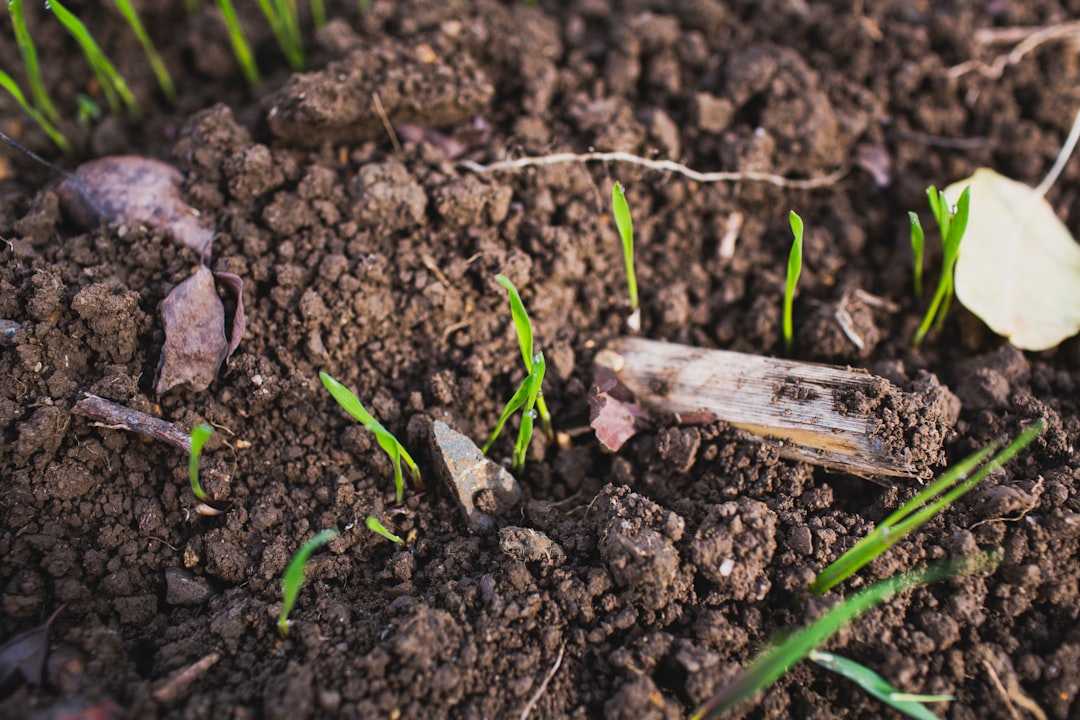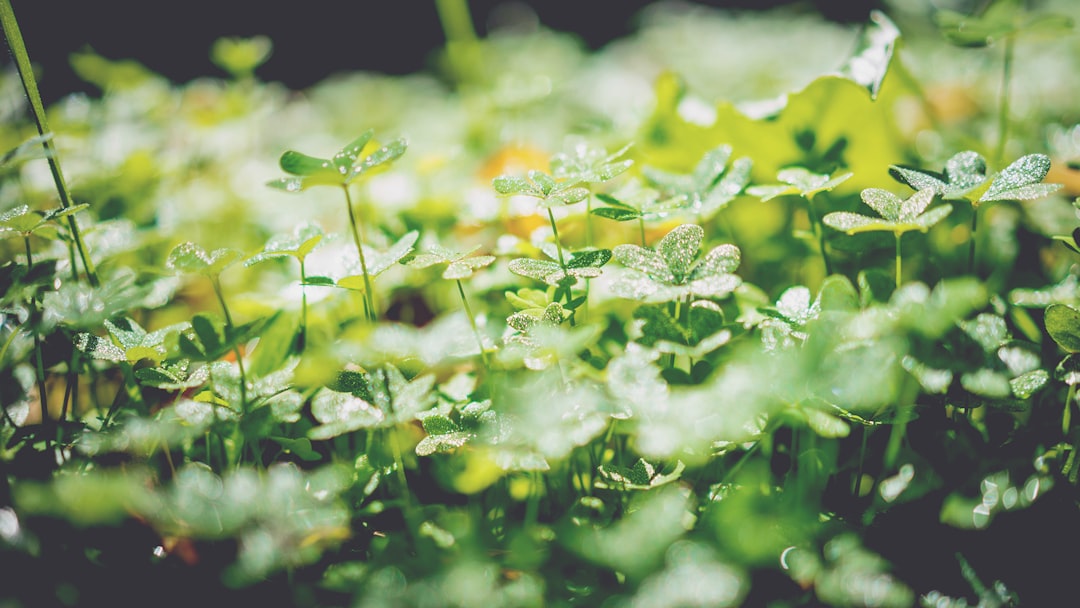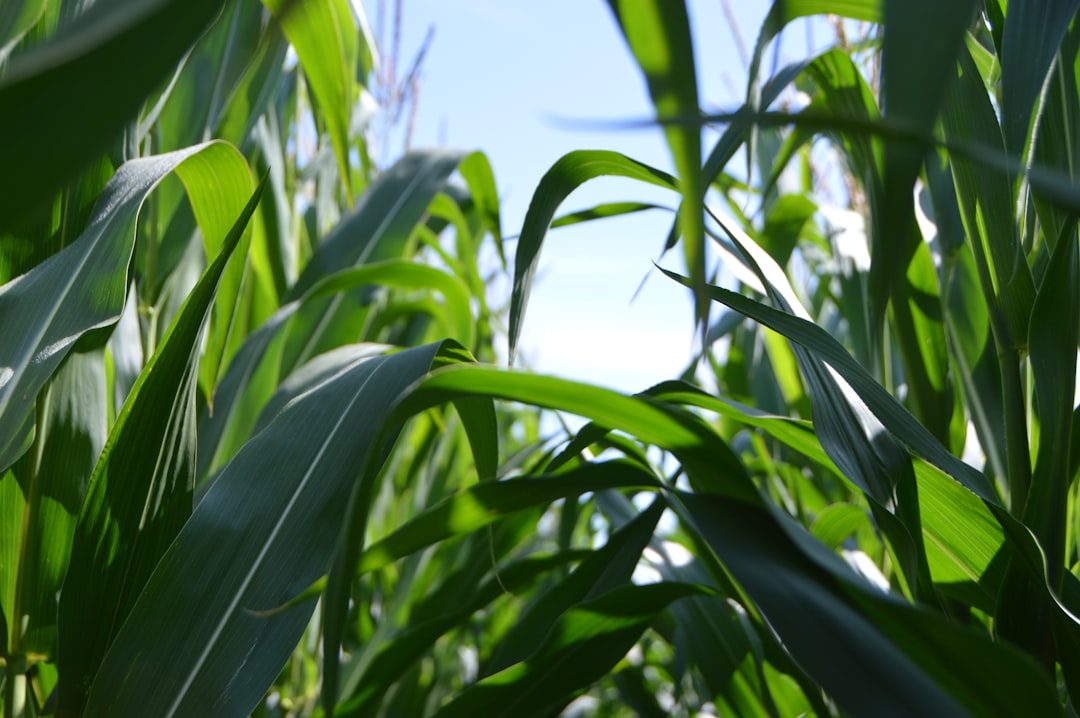What is it about?
In this paper we hypothesize that the attraction of the cashew whitefly, Aleurodicus cocois, depends on volatile emissions from cashew plants. To test this hypothesis, we determined the degree of A. cocois infestation in dwarf-cashew clones: CCP 76, EMBRAPA 51 and PRO 143/7 under field conditions, we evaluated the behavioral response of A. cocois adult females to plant volatiles of these clones in a 4-way olfactometer, and we characterized the volatile organic compounds released by each dwarf cashew clone by solid-phase microextraction and coupled gas chromatography-mass spectrometry (GC-MS). Under field conditions, the highest degree of A. cocois infestation was found in EMBRAPA 51 while PRO 143/7 was the least infested clone. Bioassays revealed that volatile compounds of CCP 76 were attractive to A. cocois over clean air, while EMBRAPA 51 and PRO 143/7 volatiles were not attractive to whiteflies. The dwarf cashew clones released common volatile compounds that differed in quantity. According to the principal component analysis the compounds α-pinene, myrcene, carene δ-2, limonene, α-copaene, β-caryophyllene, β-ocimene, allo-ocimene and neo-allo-ocimene were emitted at intermediate levels by clone CCP 76 compared to EMBRAPA 51 and PRO 143/7. Additionally, some compounds (o- cymene and 2,6-dimethyl-1,3,5,7-octatetraene, (E, E)-) were found exclusively in the samples of CCP 76. The results suggest that cashew volatile compounds may be determining factors in A. cocois choice of host plants and that the susceptibility of clone CCP 76 to this insect may be associated with the release of appropriate proportions of attractive volatile compounds.
Featured Image

Photo by Jocelyn Morales on Unsplash
Read the Original
This page is a summary of: Attraction of whitefly Aleurodicus cocois mediated by cashew volatiles, Phytoparasitica, January 2022, Springer Science + Business Media,
DOI: 10.1007/s12600-021-00968-y.
You can read the full text:
Contributors
The following have contributed to this page










